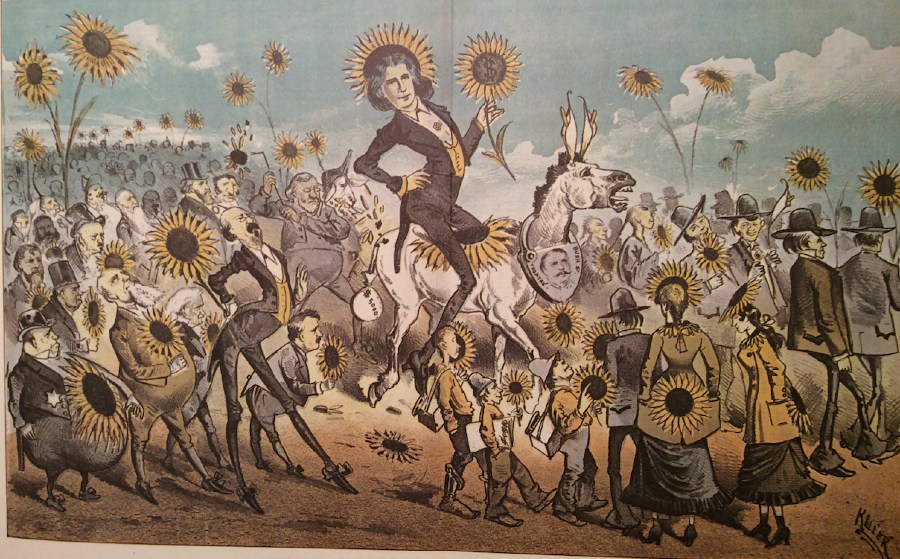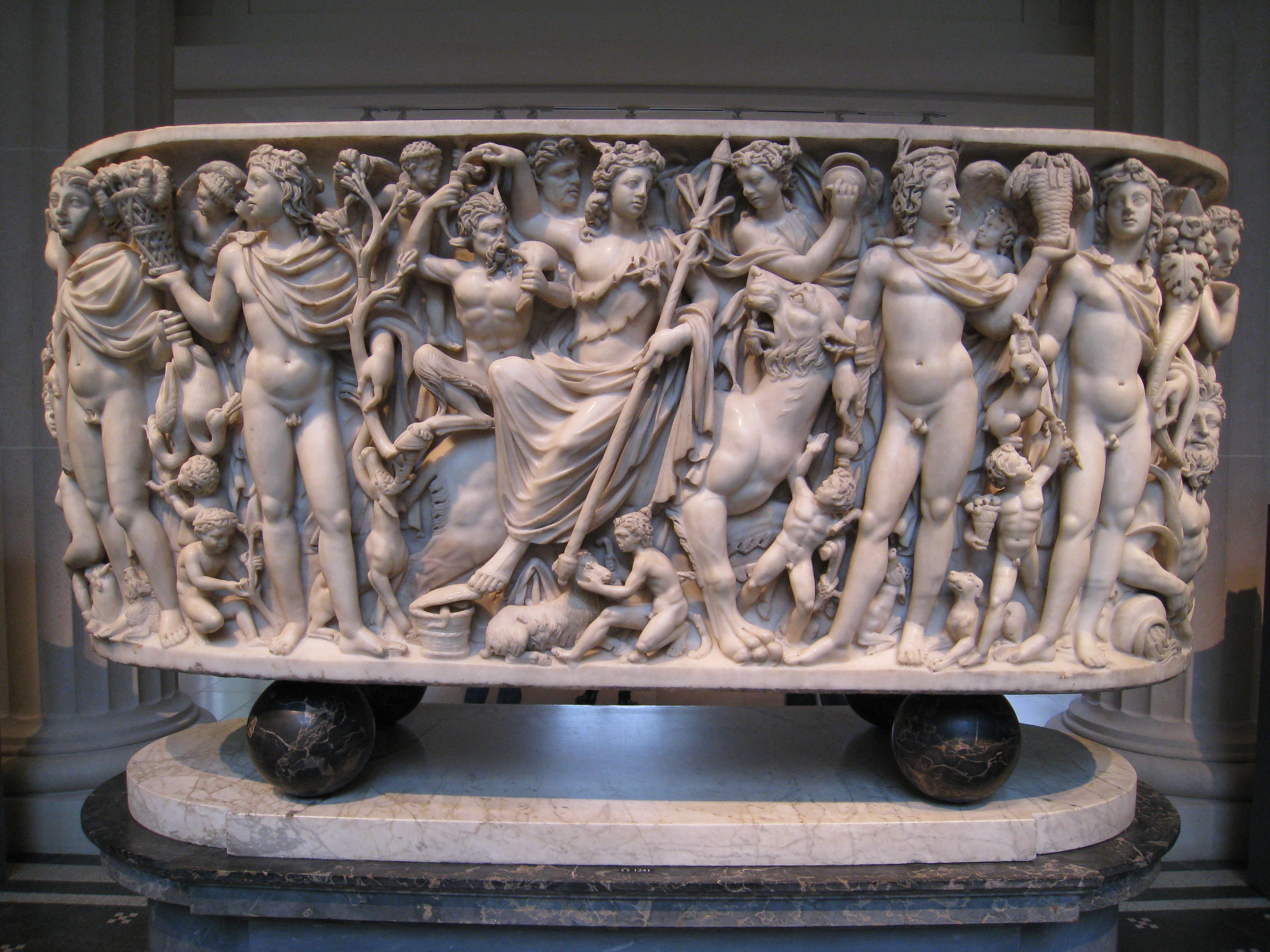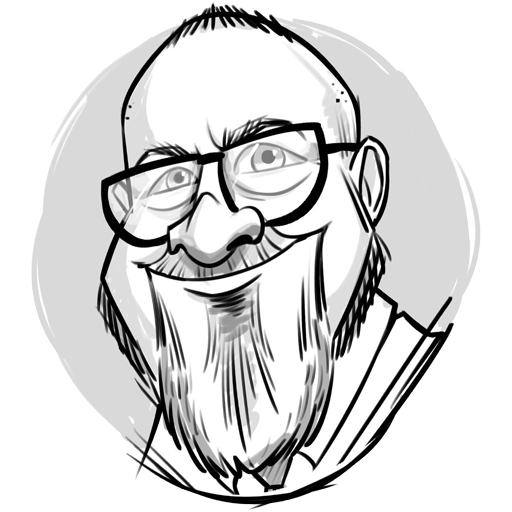 |
| Cancelling the trailer was great marketing for One Nation's full feature-length movie. |
What should have been a straightforward 5.30 pm event in Parliament House turned into a late-night 9.15 pm screening at Dendy Canberra after parliamentary services pulled the booking yesterday morning. The reason given: the content ‘might offend someone’.
The 90-second trailer and the first five minutes of the film (set in a dystopian ‘Naarm’) were shown to a packed cinema. Despite the short notice and the late hour, around half of the original ticketholders still turned up. Some had driven from Wagga Wagga, others from interstate. Dendy Canberra looked after everyone, and seeing it on the big screen with the big sound in layback chairs was impressive.
Terry Barnes had this to say in the Morning Double Shot newsletter:
As a declared Liberal, I’m not a spruiker for Hanson and One Nation. But the treatment of her this week, including by Liberal senators, has been appalling. It even extends to Parliament House staff, responsible to Labor presiding officers, banishing a screening of the trailer – a mere trailer – to Hanson’s Please Explain movie out in January, which then had to be held elsewhere. Michael de Percy followed the screening around Canberra, and reported from the cinema. I do wonder about Labor and Liberal political judgment sometimes: if they victimise a political opponent as they are Hanson, she not only gets the attention they want to deny her, but they win her sympathy and support. Burkas and berks!
My latest in The Spectator Australia, Parliament cancels A Super Progressive Movie trailer: ‘It might offend someone’.
A film that dares to take the piss out of Woke nonsense gets banned from Parliament House.
— The Spectator Australia (@SpectatorOz) November 26, 2025
In truth, it’s probably the best marketing the movie could have received...!@PaulineHansonOz
Article | https://t.co/1YHmmJ3jGs pic.twitter.com/ei9iscpAvQ
 Donate
Donate



















.jpg)

















